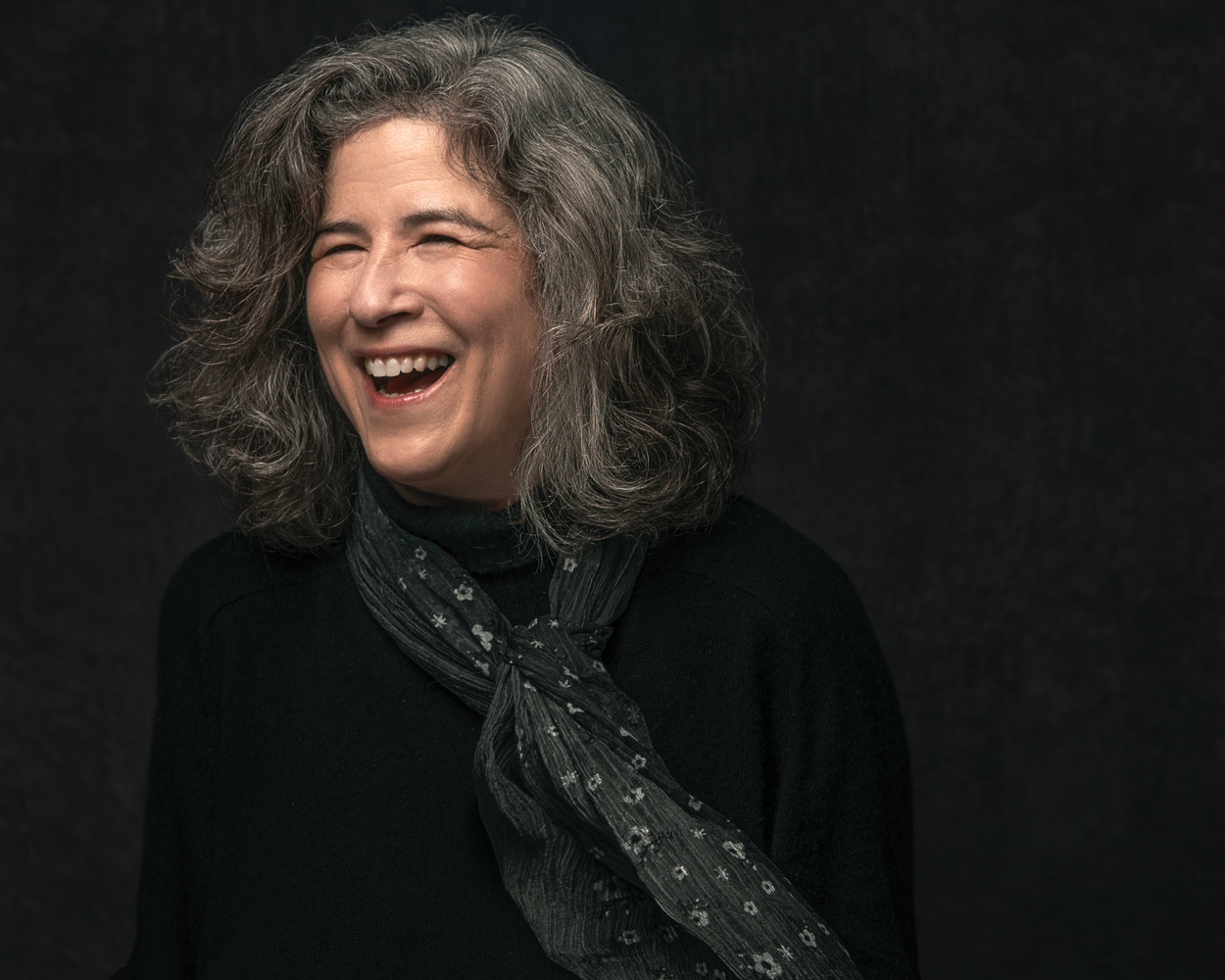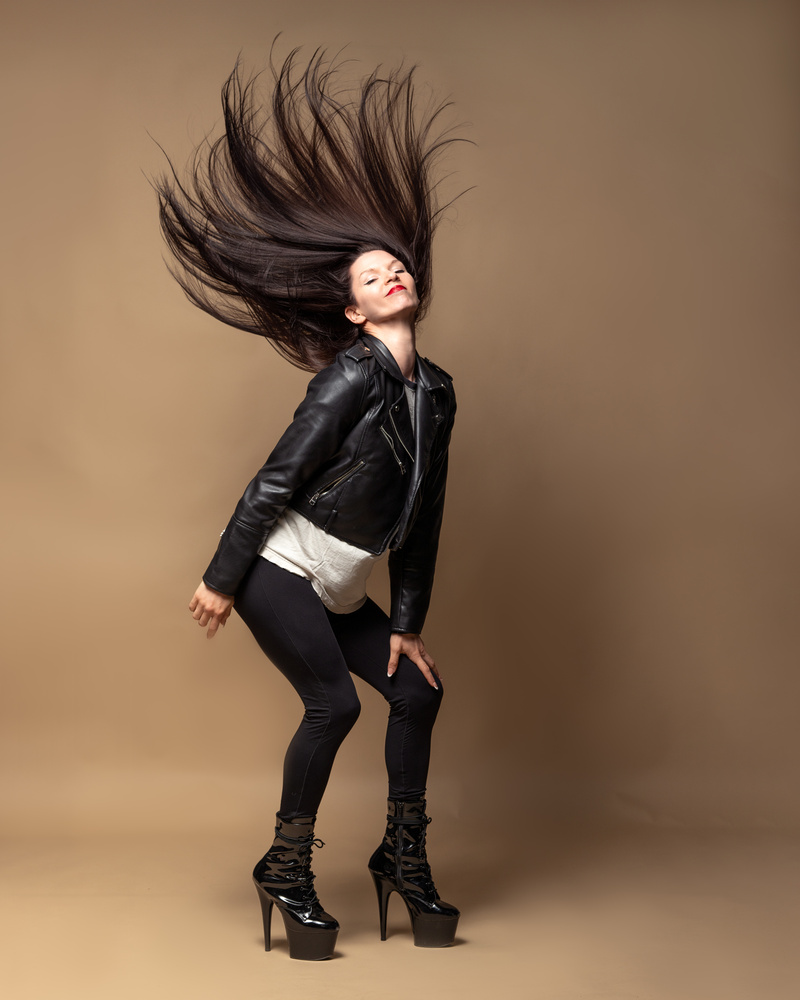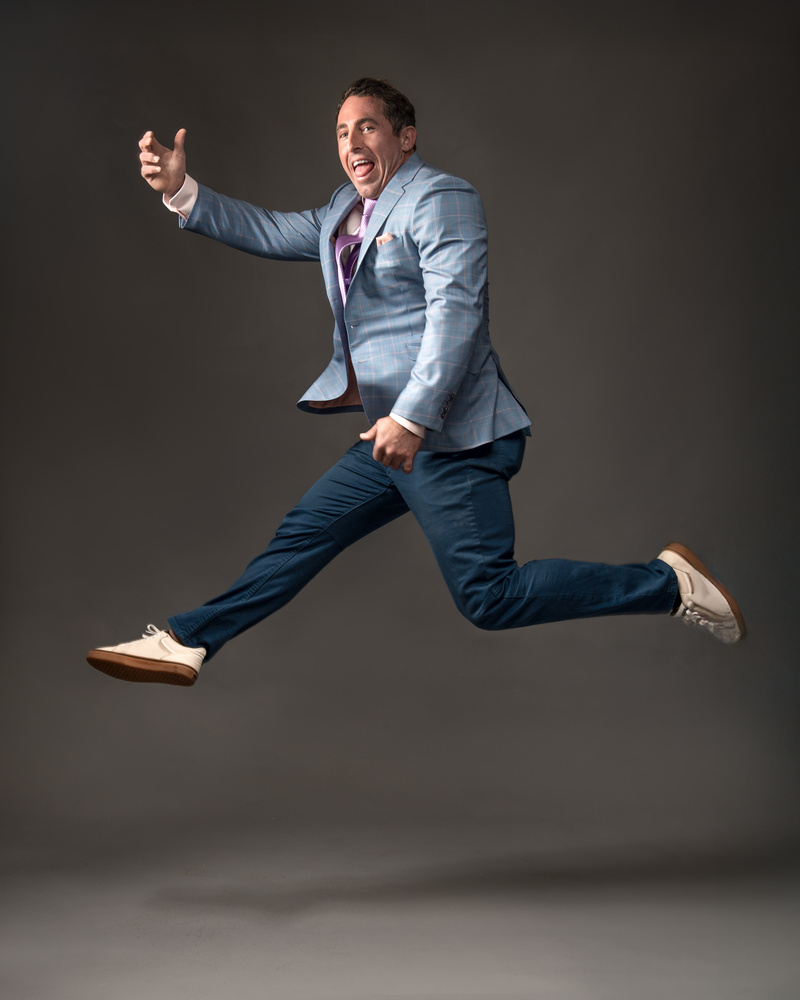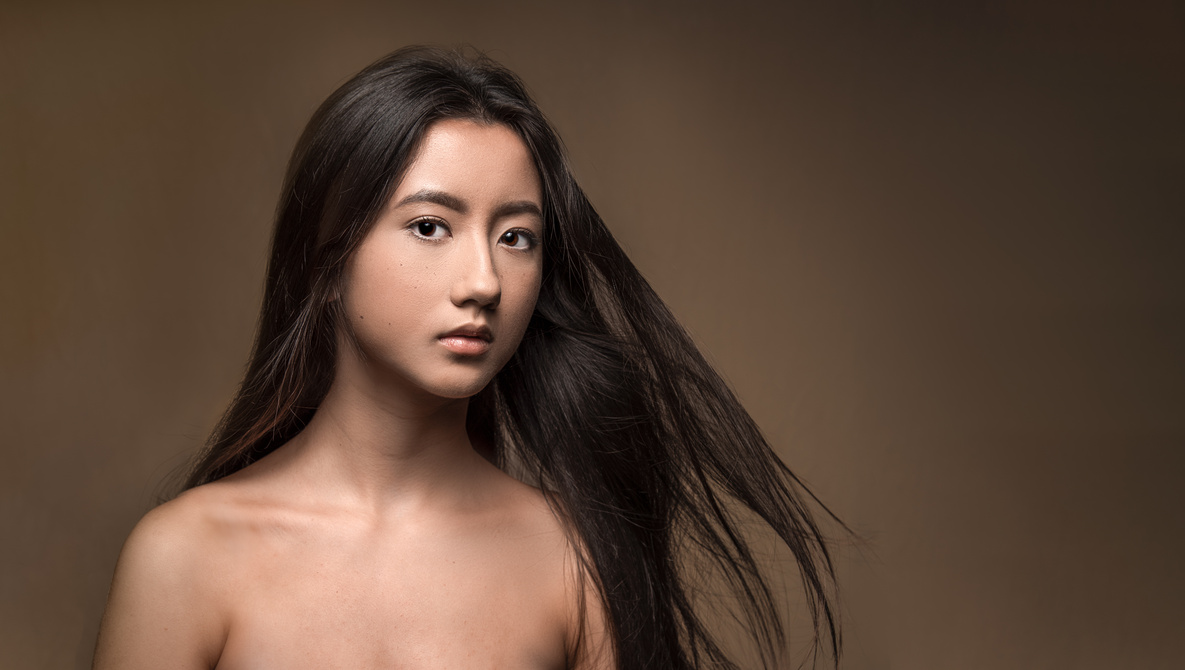Creating an emotional connection with your subjects leads to stronger images and more business. Psychologists have a technique that helps you quickly establish that connection.
There is an axiom that photographers don’t need technical training—they need charm school.
No doubt an emotional connection with a subject greatly improves your images. But you’d be hard-pressed to find a charm school these days, and luckily, you don’t need to.
Psychologists and social scientists have an express route to increased intimacy called the Fast Friends Protocol, and you can use it to quickly improve your connection with clients for more intimate, satisfying, and ultimately more profitable sessions.

Make Fast Friends
You may have already heard of the Fast Friends Protocol under another name, having gotten widespread attention through a New York Times article titled, “To Fall in Love with Anyone, Do This.” It described how 36 questions increasing in intimacy can fast-track a strong connection between people. The story made such a splash that the newspaper followed up with the list of questions.
“Over the course of 45 minutes to an hour, you ask 36 questions, arranged in increasing intimacy,” said Jaimie Arona Krems, an associate professor of psychology at UCLA who uses the Fast Friends Protocol in her research. “Starting with something like, ‘Would you like to be famous and why?’ leading to something deeper like, ‘When was the last time you cried?’”
But you can’t just ask the 36 questions by rote. You have to really listen and respond. “Active listening it’s called,” said Stephen Fabick, a psychologist and author who holds communication workshops. “It’s important you don’t try to think what the next question on the protocol is.” You ask a question, acknowledge the answer, and share your own response.
In fact, Fabick advises against using the actual 36 questions—if you read off a list, you are bound to come off as phony and put emotional distance between you and your client (can’t wait to see how those portraits turn out). It's not that the questions themselves are magical, but the mechanism behind the questions. At the root, it’s basically showing interest in another person, listening actively, and sharing your own confidences in kind.

Cementing the Bond
Before your palms get sweaty, those shared confidences don’t have to be deep, dark secrets—it can be as non-controversial as why a specific color is your favorite.
You may be thinking—wait, this is chit-chat … I’m not good at chit-chat. I need icebreaker questions.
You don’t. The secret here is not what you say, but how you say it. For example, you can start with the most superficial icebreaker known to humankind: “How’s the weather out there?”
“Hot,” says the client. Now acknowledge and show interest by digging deeper.
“Ah. Do you prefer hot weather or cold?”
Maybe the client says, “I like warm weather, but not this warm.”
Your turn to share. “I have always preferred cold weather.” Then reveal a bit about yourself: “My family always took winter vacations to Vermont, so I have a soft spot for the cold.”
Then invite the client to reveal a bit more. “What is the perfect temperature for you, and what makes it perfect?”
If you get a grump who answers, “I dunno,” move on to another topic. Kids. Pets. Sports. Fly fishing. Anything. Take the same steps: listen, respond, share. You can repeat until you strike a rich vein and make an emotional connection. Be genuinely curious, and you can’t fail.

Lend an Ear
“The people who really actively listen, those are the people who we think, ‘What a really great guy!’” said Fabick.
And who is more likely to get repeat work? The awkward photographer saying, “Stand like this and turn your face toward me,” or the one who is competent and also “a really great guy?”







What photographer has an hour to ask questions before photographing someone. I retired from 30 years of corporate headshots with 15 minutes a person. I would greet people by saying "you look great" let's just fix that tie or smooth that hair on your shoulder, just enough so they feel ready.. One positive comment puts people at ease immediately.
I agree with that wholeheartedly. I'm all for talking and getting to know people better, but there simply isn't enough time to do that! A few questions here and there usually do the trick.
Thank you.
Well, yes, if you're working with same models multiple times or just photograph people you know, they tend to feel more relaxed around you, but when you see each other for the first time in your lives (which is often the case), you gotta work with what you have. Asking a few questions here and there usually helps and the expression of tension fades away, but then again, these questions should be really lighthearted and simple, because you don't want to try and edit the pensive or way too serious expressions away. No amount of Photodiva magic can do that, lol.
It looks like you're trying too sell subscriptions to The New York Times
NEVER !!!!! I am a CANADIAN.
Me again,,, first photo is AI looking to me.
I agree that a photographer doesn't have 45 minutes to an hour to ask questions. But I think people here are missing the point of the article, which is Active Listening and then responding to what the person actually said.
People today do not listen to the other person, they hear them but they don't listen to them. Instead the person who is not talking is already off thinking how they are going to respond. I have been practicing active listening for several years now and it has made a huge difference in my relationship with my wife, with my performance in my engineering career, with my friendships, with my photography, etc.
I have a close friend who does just the opposite. He is extremely friendly and will talk to everyone and makes it a point to. He will speak to every person at the party and will include others in a group conversation. But he does not listen. As soon as you start to answer his question or comment on something he just said, he is already off thinking of the next thing he is going to say. He thinks he's being polite but in reality he isn't and people eventually pick up on the fact that he really doesn't care what they have to say. No one wants to feel that way, and thus why active listening works so well for working with people you are about to photograph. They want to feel appreciated, to feel you are interested in them and not just creating some image.
And it is so simple to do. Instead of forming your next thought, just simple concentrate on the other person and what they're saying. Respond to what they just said and not what you think you should say next. Believe me the other person will recognize the difference and you will get so much more out of the exchange and in the case of photography better images.
And this can be applied to reading articles or comments to articles. We live in a society that seems to reward the last person to speak, but instead take your time and read to comprehend what the other person is saying instead of what your reply is going to be.